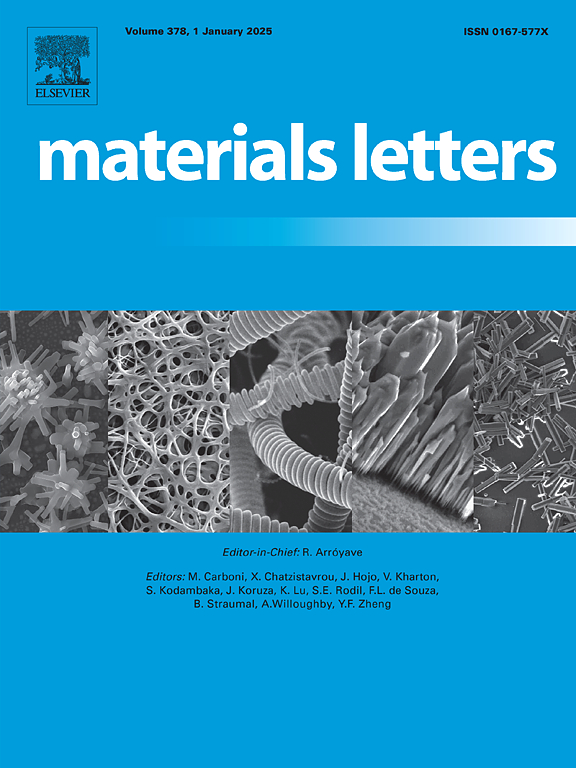Fast laser-assisted electrode drying: Probing penetration effects with a laser-electrode interaction model
IF 2.7
4区 材料科学
Q3 MATERIALS SCIENCE, MULTIDISCIPLINARY
引用次数: 0
Abstract
Laser-assisted electrode drying offers substantial advantages over traditional convection drying to meet the growing demand for cost-effective battery manufacturing, including significant energy savings and reduced facility space. Unlike traditional electrode drying methods, laser heating involves volumetric interactions due to its electromagnetic wave nature, which is often ignored and simplified as surface heating. Meanwhile, experimental monitoring is challenging due to the transient nature of laser drying, a laser-electrode interaction model was thus developed to explore laser penetration effects during electrode drying by simulating the interaction between laser irradiation and electrode consisting of particles and solvent. The study reveals that volumetric heating is primarily achieved by the direct interaction and heating of all AM particles by the penetrated laser and indirectly solvent heating by AM particles in seconds. Notably, peak power density and temperature occur approximately 10 μm beneath the electrode surface, independent of electrode thickness or laser power. Moreover, reducing electrode thickness and increasing laser power are likely to enhance penetration depth and amplify volumetric heating effects. These findings provide a valuable starting point and inspiration for further research into optimizing laser-assisted drying processes.
求助全文
约1分钟内获得全文
求助全文
来源期刊

Materials Letters
工程技术-材料科学:综合
CiteScore
5.60
自引率
3.30%
发文量
1948
审稿时长
50 days
期刊介绍:
Materials Letters has an open access mirror journal Materials Letters: X, sharing the same aims and scope, editorial team, submission system and rigorous peer review.
Materials Letters is dedicated to publishing novel, cutting edge reports of broad interest to the materials community. The journal provides a forum for materials scientists and engineers, physicists, and chemists to rapidly communicate on the most important topics in the field of materials.
Contributions include, but are not limited to, a variety of topics such as:
• Materials - Metals and alloys, amorphous solids, ceramics, composites, polymers, semiconductors
• Applications - Structural, opto-electronic, magnetic, medical, MEMS, sensors, smart
• Characterization - Analytical, microscopy, scanning probes, nanoscopic, optical, electrical, magnetic, acoustic, spectroscopic, diffraction
• Novel Materials - Micro and nanostructures (nanowires, nanotubes, nanoparticles), nanocomposites, thin films, superlattices, quantum dots.
• Processing - Crystal growth, thin film processing, sol-gel processing, mechanical processing, assembly, nanocrystalline processing.
• Properties - Mechanical, magnetic, optical, electrical, ferroelectric, thermal, interfacial, transport, thermodynamic
• Synthesis - Quenching, solid state, solidification, solution synthesis, vapor deposition, high pressure, explosive
 求助内容:
求助内容: 应助结果提醒方式:
应助结果提醒方式:


